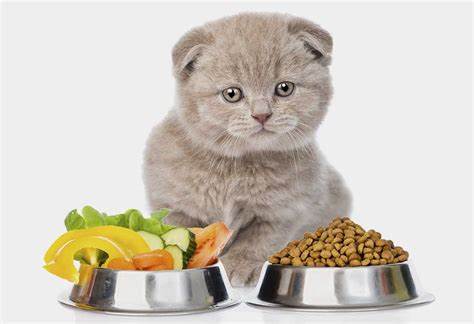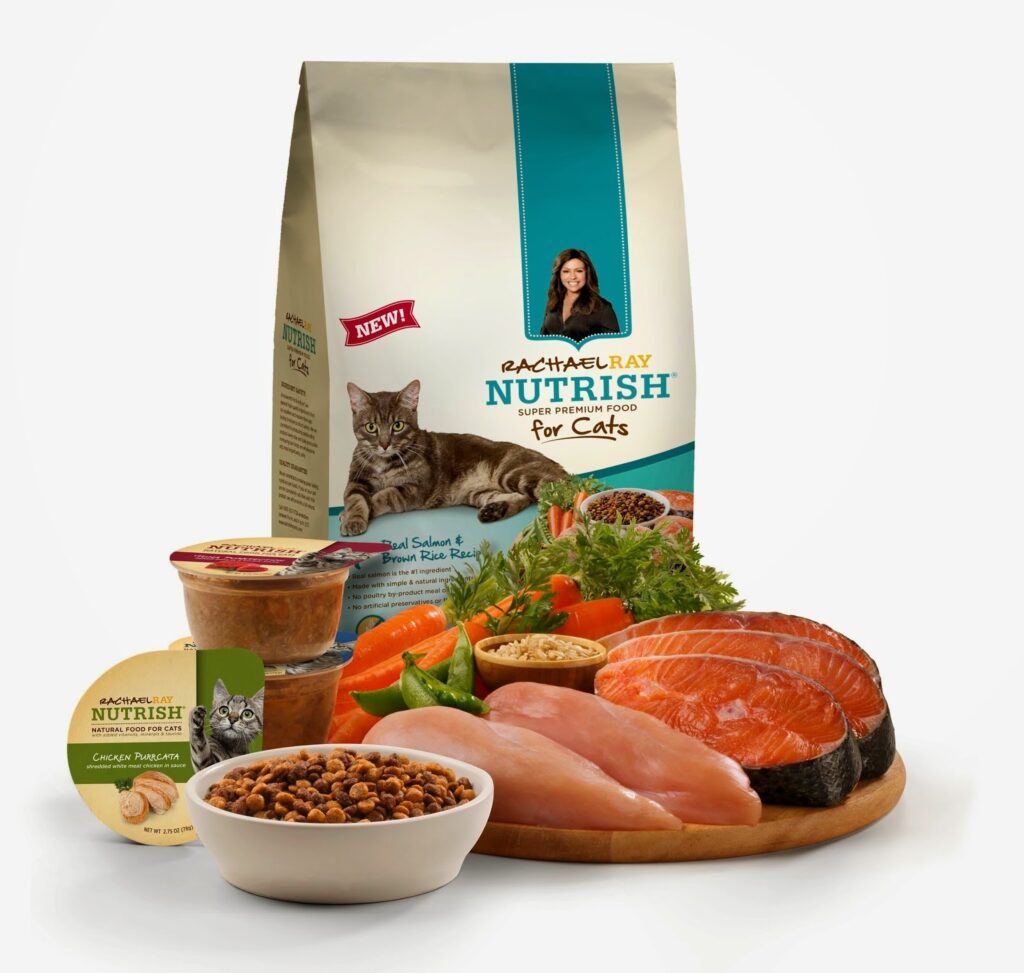Selecting the ideal food is a critical aspect of responsible pet ownership. Proper nutrition directly impacts your cat’s overall health, energy levels, and longevity. With countless options available on the market, choosing the right food can be overwhelming. However, understanding your cat’s specific nutritional needs, the ingredients in commercial cat food, and how to evaluate its quality will help you make an informed decision. This guide provides a comprehensive overview of how to choose the best food for your feline friend.
How to start
Cats are obligate carnivores, meaning they require a diet primarily composed of animal-based proteins to thrive. Unlike omnivores or herbivores, cats depend on certain nutrients found only in animal products, such as taurine, arachidonic acid, and vitamin A.
These nutrients are essential for maintaining healthy vision, a strong immune system, and overall bodily functions. When choosing cat food, prioritize high-quality protein sources such as chicken, turkey, fish, or beef.
Age is a crucial factor in selecting the right cat food. Kittens, adult cats, and senior cats have different nutritional requirements. Kittens need food formulated for growth, rich in protein, and higher in calories to support their rapid development.

Look for labels indicating that the food is specifically designed for kittens. Adult cats require a balanced diet that maintains their health and weight.
Senior cats may need specialized diets with reduced calories, added joint-supporting ingredients, or easily digestible formulas to accommodate aging bodies. Always check the label to ensure the food matches your cat’s life stage.
Your cat’s health condition and lifestyle also influence their dietary needs. Cats with certain medical issues, such as diabetes, kidney disease, or food allergies, may require prescription diets recommended by a veterinarian.
Ideal Food
Similarly, indoor cats tend to have lower activity levels than outdoor cats and may need food with fewer calories to prevent weight gain. Be mindful of your cat’s activity level, weight, and any specific health conditions when selecting their food.

When examining the ingredients in cat food, look for high-quality, named protein sources as the first ingredient. Avoid foods with vague terms like “meat by-products” or “animal meal.”
Whole ingredients such as chicken or salmon indicate higher-quality protein. Carbohydrates like corn, wheat, and soy should be limited in a cat’s diet, as cats have a limited ability to process these ingredients. While some carbohydrates are necessary for kibble production, they should not be the primary ingredient in the food.
Reading the guaranteed analysis on the packaging provides insight into the nutritional content of the food. This analysis lists the percentages of protein, fat, fiber, and moisture in the food.
For a healthy adult cat, look for food that contains at least 30% protein and 15-20% fat on a dry matter basis. The moisture content is particularly important if you’re considering wet food, as it helps with hydration, which is vital for cats prone to urinary or kidney issues.
Consider the type of cat food that best suits your pet’s needs. Dry food (kibble) is convenient, cost-effective, and has a longer shelf life. However, it contains less moisture, which can lead to dehydration if your cat doesn’t drink enough water.
Wet food (canned) is higher in moisture content, making it an excellent option for cats who need more hydration or have dental issues that make chewing kibble difficult. Many owners choose a combination of wet and dry food to provide the benefits of both.
What to consider when purchasing
If you’re considering premium or grain-free options, understand their benefits and limitations. Premium foods often contain higher-quality ingredients, fewer fillers, and more nutritional value, but they can be more expensive.
Grain-free diets have gained popularity, but grains are not inherently harmful to cats unless they have specific allergies or sensitivities. The focus should be on the overall quality of the ingredients rather than the absence of grains.
Avoid foods with artificial additives, such as colors, flavors, or preservatives. These additives offer no nutritional benefit and can sometimes cause allergies or digestive issues.
Instead, choose foods that use natural preservatives like tocopherols (vitamin E) or rosemary extract. A shorter, recognizable ingredient list often indicates higher-quality food.
Price is often a consideration when choosing cat food, but it’s essential not to compromise on quality. While budget-friendly options are tempting, lower-cost foods may contain more fillers and fewer essential nutrients.
Investing in high-quality food can save money in the long run by reducing the likelihood of health issues and vet visits. However, there are affordable options that meet nutritional standards, so read labels carefully to find the best value.
Transitioning to a new food should be done gradually to avoid upsetting your cat’s digestive system. Start by mixing a small amount of the new food with their current food, gradually increasing the proportion of new food over 7-10 days. This allows your cat’s digestive system to adjust and reduces the risk of gastrointestinal issues.
Consulting your veterinarian is one of the most reliable ways to determine the best food for your cat. Veterinarians can provide guidance based on your cat’s age, weight, health conditions, and lifestyle. If you’re considering a specific brand or type of food, discuss it with your vet to ensure it meets your cat’s needs.
Monitor your cat’s response to their diet regularly. Signs of a good diet include a shiny coat, healthy weight, normal stools, and high energy levels. If you notice changes like dull fur, weight fluctuations, or digestive issues, it may be time to reassess their food. Cats can be picky eaters, so finding the right food may involve some trial and error.
Special diets, such as raw or homemade, are gaining popularity among cat owners. While these diets can offer benefits, they require careful planning to ensure they meet all of your cat’s nutritional needs.
Raw diets should be handled with caution to avoid contamination, and homemade diets often need supplementation to provide complete nutrition. Always consult a veterinarian or pet nutritionist before switching to these types of diets.
Understanding the Association of American Feed Control Officials (AAFCO) standards can help you choose food that meets basic nutritional requirements.
Foods labeled as “complete and balanced” according to AAFCO standards have undergone testing to ensure they provide adequate nutrition for your cat’s life stage. Look for this label on packaging as a baseline for quality assurance.
Choosing the ideal cat food involves balancing nutritional needs, ingredient quality, and your pet’s preferences.
By investing time and effort into selecting the right food, you’ll provide your cat with the foundation for a healthy, happy, and fulfilling life. Regularly reviewing their dietary needs and staying informed about nutritional trends ensures your feline friend continues to thrive.